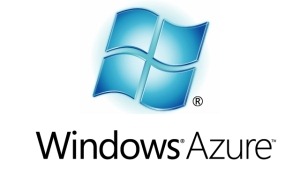
Sooner or later, unless you’re going to hide in a monastery or settle for entry-level jobs for the rest of your life, you will have to speak in front of a crowd of people. It may happen in front of a small circle of peers, a boardroom meeting, online or in front of an auditorium with thousands of people.
Whether you’re like me — I enjoy public speaking; it’s one way I get my jollies — or whether the thought of standing in front of a crowd to deliver a presentation turns your blood to ice, I think you’ll find Scott Berkun’s book, Confessions of a Public Speaker, both helpful and entertaining. I’ve been reading this book for a handful of reasons:
- As a way to get myself fired up to take on three weeks of being a track lead at TechDays conferences in cities away from home: next week it’s Montreal, the week after that I’m in Ottawa, and finally, the week after that, Winnipeg.
- To help crystallize my own thoughts on public speaking in order to give advice to my fellow programmers about speaking in front of crowds.
- Because Scott Berkun’s a great writer and has some interesting (and often amusing) stories to tell.
At 240 small pages with decent-sized type and with Berkun’s storytelling style, Confessions of a Public Speaker is a pretty quick read. He provides insights, advice, tips and probably most important of all, true “road warrior” stories that come from his own 15 years of public speaking plus stories of disasters faced by other well-known public speakers. Topics covered in the book include:
- It’s okay to get “the butterflies” before public speaking; the trick is getting them to fly in formation!
- “Umm”, “Ahh” and other verbal placeholders that people use, and how to stop using them (I’m guilty of this one myself).
- How to work a tough room, and why a “tough room” is often actually the fault of the room, not the audience.
- A very important chapter titled The Science of Not Boring People
- Why most speaker evaluations are useless (I may have to show this one to the folks at Microsoft; we use speaker evaluations all the time).
- The little things pros do (Luckily, we do every one on the list at Microsoft!).
- What to do if your talk sucks, what to do if things go wrong, and which of these your audience will notice.
Confessions of a Public Speaker is one of those rare books that’s both entertaining and immediately useful. I’m going to recommend it to my fellow evangelists, and I certainly recommend it to you as well! It’s available directly from O’Reilly in both paper and ebook formats (I went with the ebook, which is US$19.99 / CA$21.45 as of this writing) as well as from the usual suspects: Chapters/Indigo, Amazon.ca and Amazon.
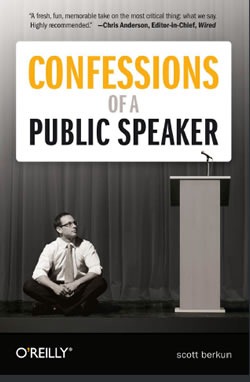

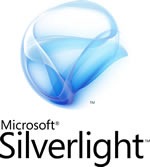


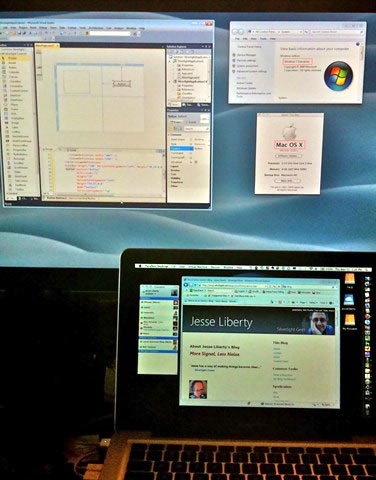 Jesse Liberty’s MacBook Pro and Cinema Display, running both Win7 and Snow Leopard.
Jesse Liberty’s MacBook Pro and Cinema Display, running both Win7 and Snow Leopard.




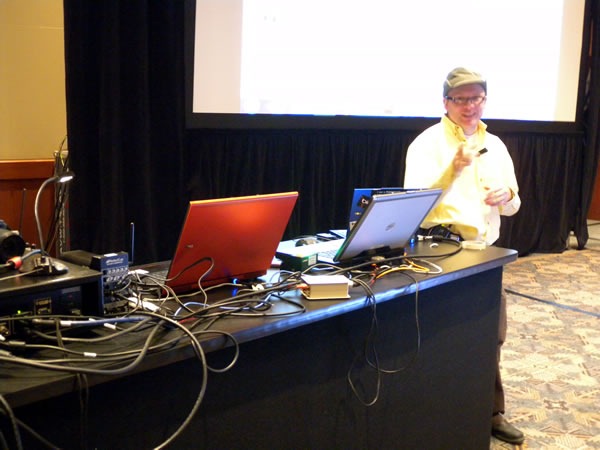
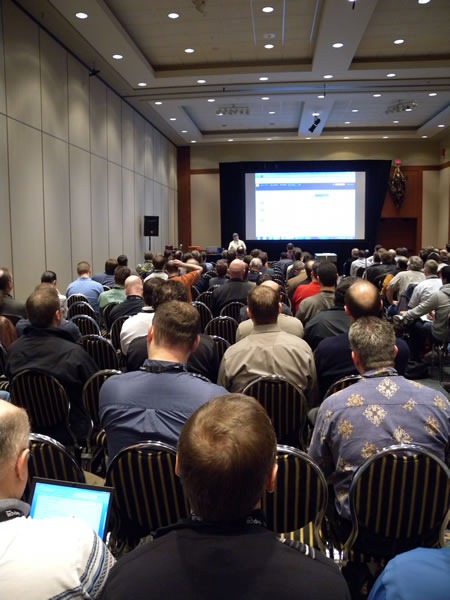
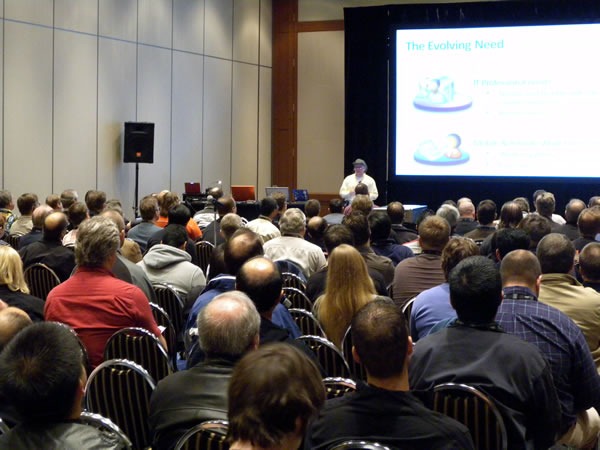
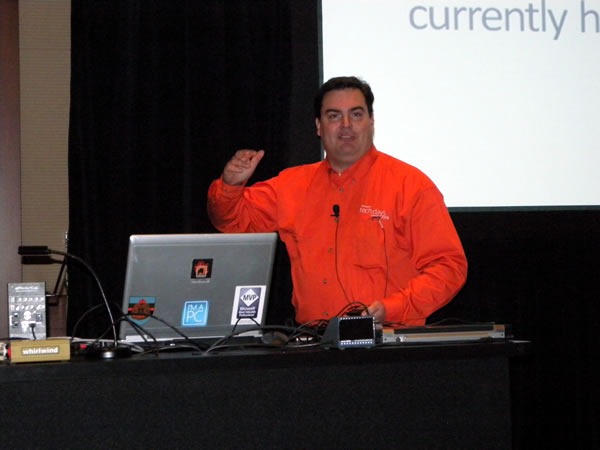
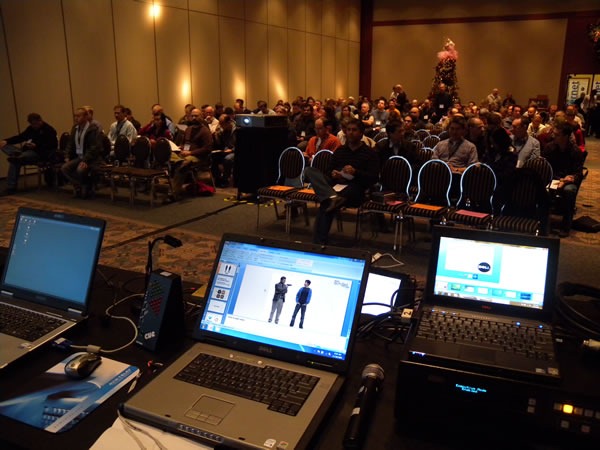
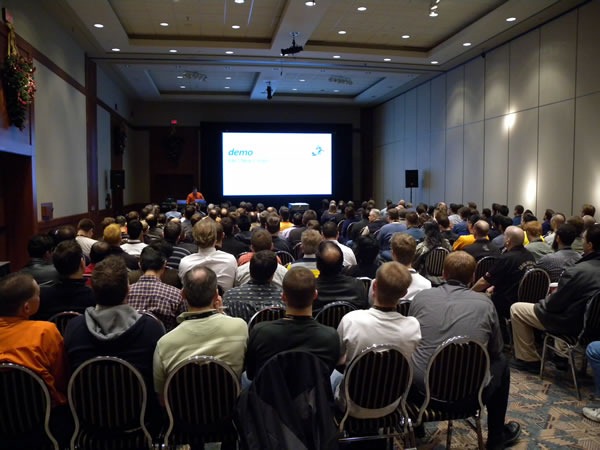
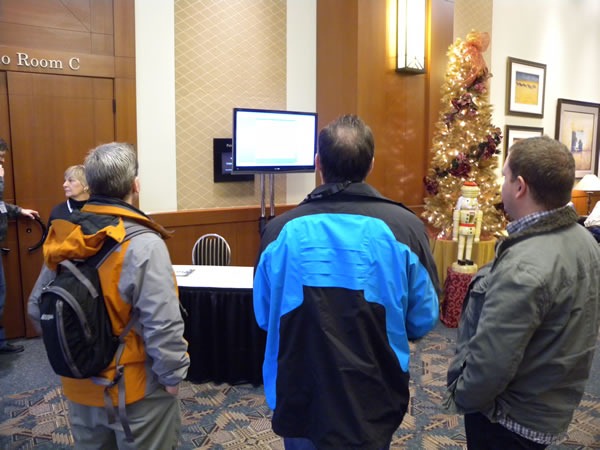
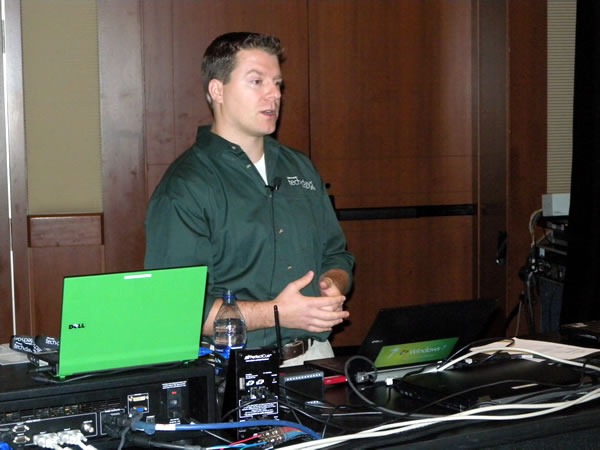
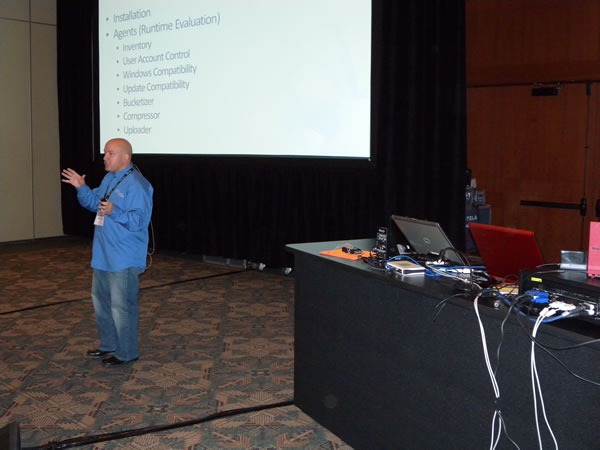
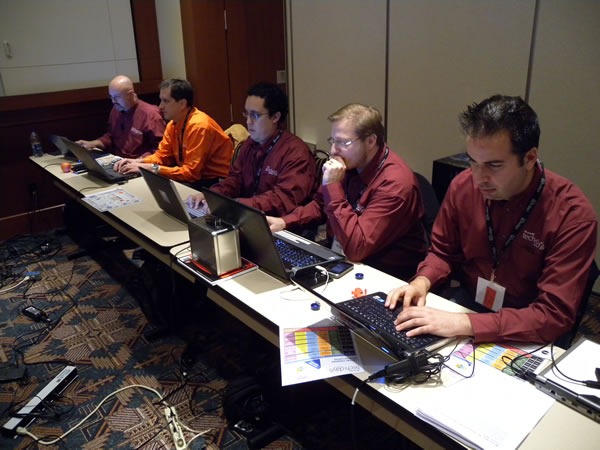
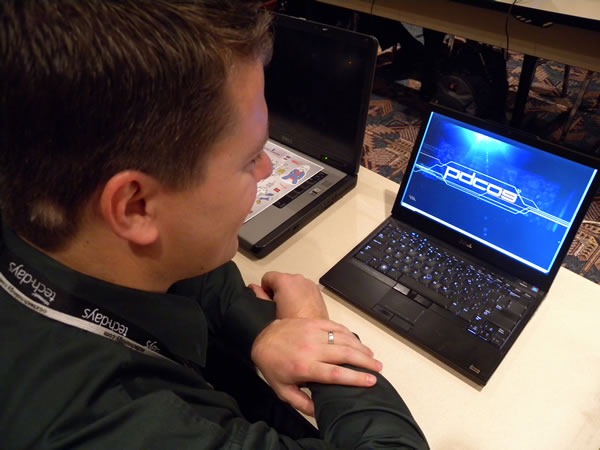
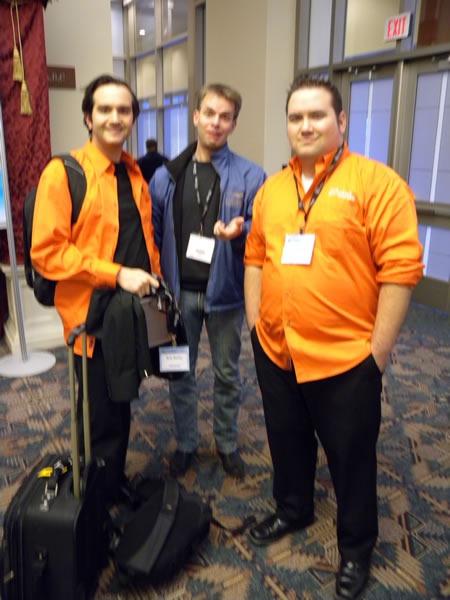
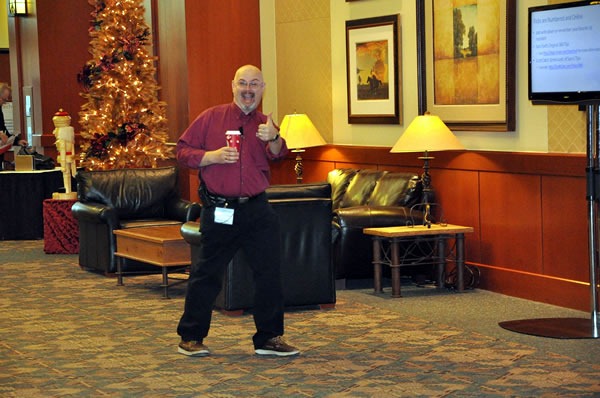

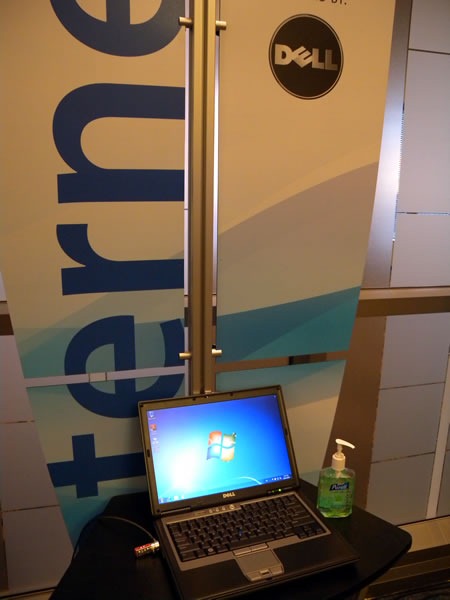
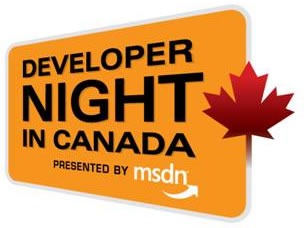
 In this episode, John and I talk with Joel Semeniuk, founder and Chief Envisioning Officer of Imaginet Resources, a Microsoft Gold Partner based in Canada. We talk about all sorts of things, including his work in healthcare technology,
In this episode, John and I talk with Joel Semeniuk, founder and Chief Envisioning Officer of Imaginet Resources, a Microsoft Gold Partner based in Canada. We talk about all sorts of things, including his work in healthcare technology, 
